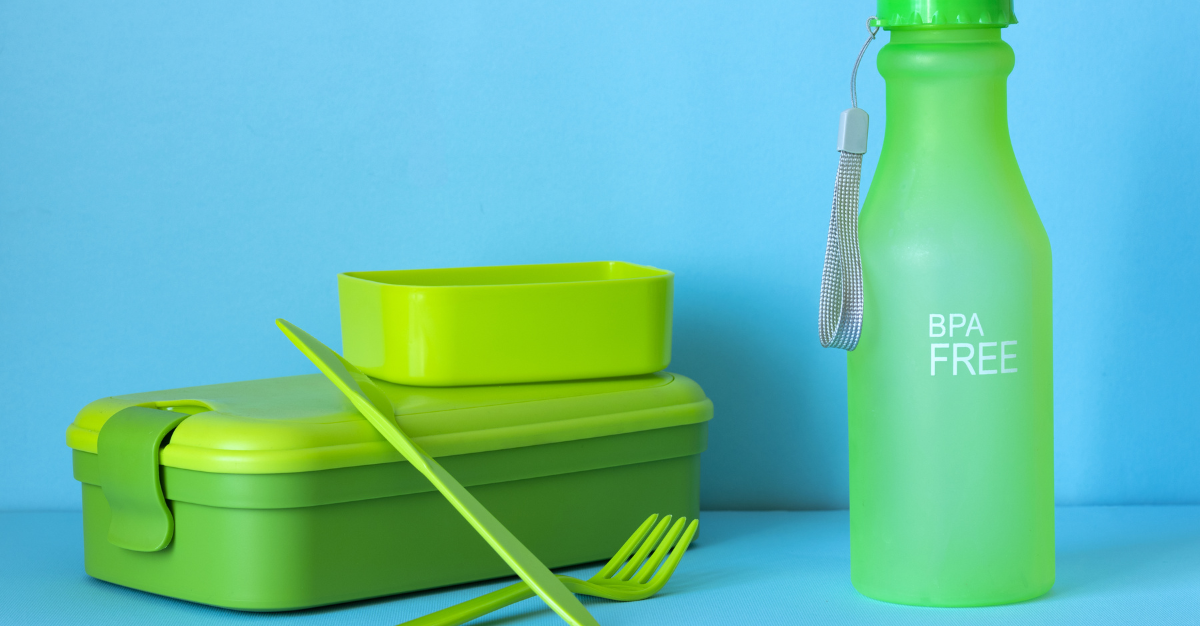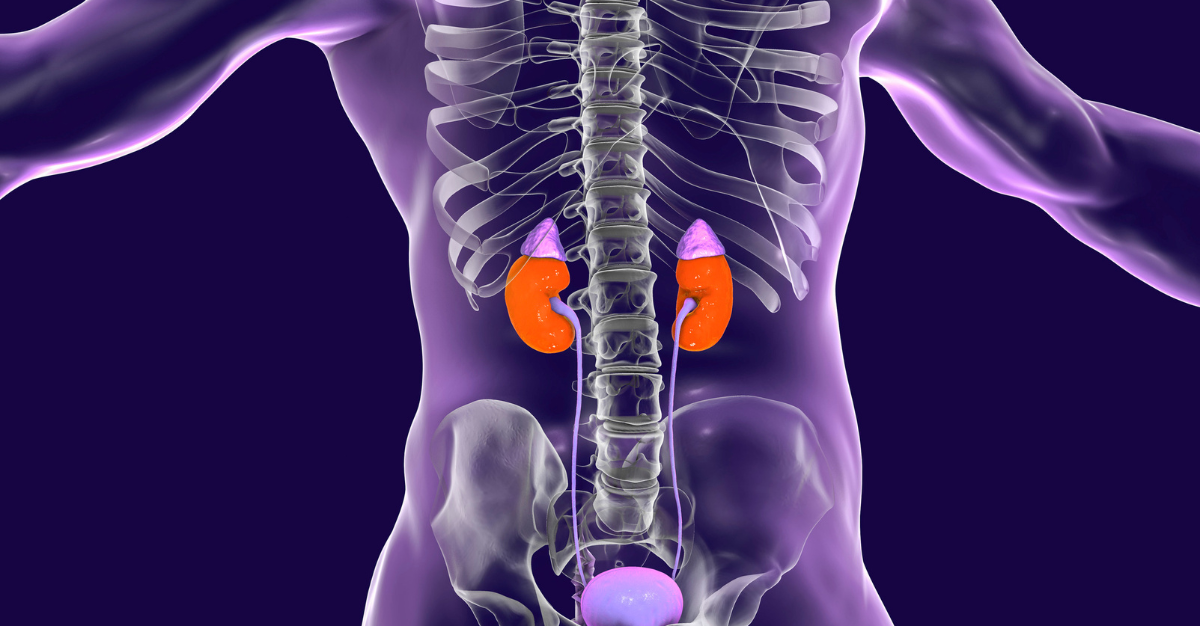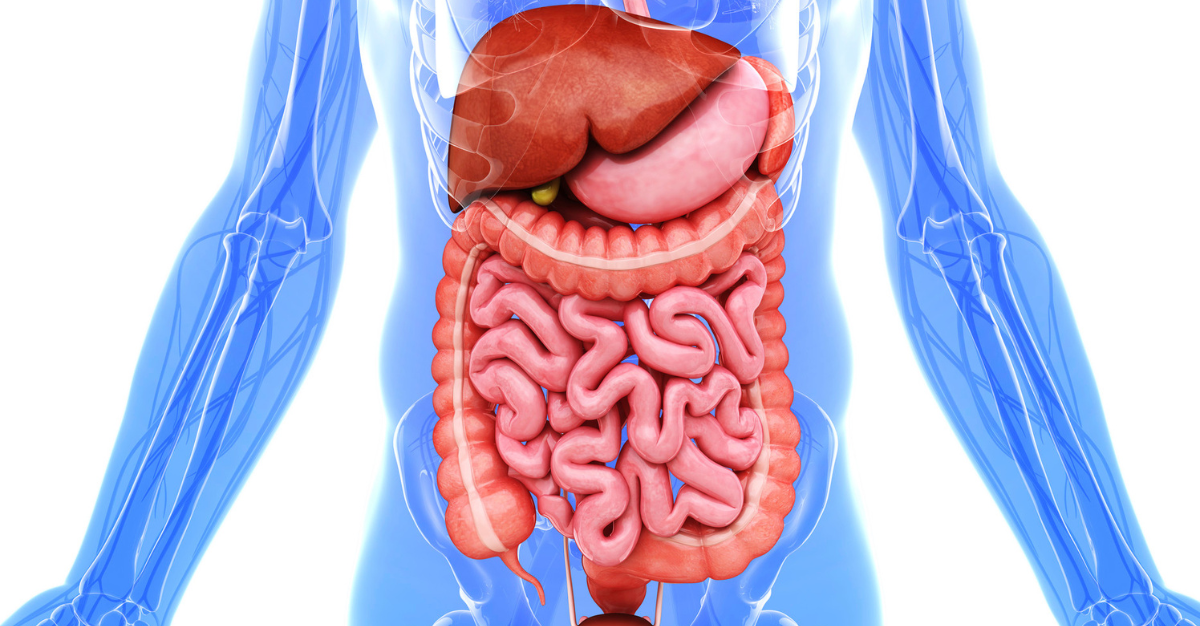Your hormones play a crucial role in maintaining the delicate balance that keeps your body functioning at its best. From regulating metabolism and mood to influencing reproductive health and immune function, these chemical messengers orchestrate various aspects of your well-being. However, achieving hormonal harmony can be a delicate dance, and numerous factors in our daily lives can tip the scales in unfavorable directions.
In the pursuit of optimum health, it’s essential to recognize that your efforts might be sabotaged by common culprits known as hormone disruptors. These disruptors, often encountered in your everyday routines, have the potential to throw off the intricate balance of hormones, creating a ripple effect throughout your body.
In this blog, we will dive into the world of common hormone disruptors, shedding light on the major players that could be working against your health goals.
8 Common Hormone Disruptors You Need To Know
These disruptors affect the hormonal balance when they mimic, block, or disrupt the normal functioning of your hormones. They can bind to your hormone receptors, disrupting the information chain regulating hormone production.
It’s hard to avoid some of these, but knowledge is an important first step in avoiding or minimizing your exposure!
- Pesticides and herbicides. Harmful pesticides are found in up to 75% of non-organic produce grown in the U.S.
- Bisphenol A. Commonly known as BPA, this synthetic compound lines food and drink containers.
- Also synthetic compounds, parabens are used as preservatives in many cosmetic and body care products.
- These man-made chemicals are all around us! They’re found in things like soaps, shampoo, nail polish, body lotion, toys, and food and beverage packaging.
- Perfluoroalkyl substances (PFAS). These are added to products to increase their resistance to water and grease.
- Your stress response raises your level of the hormone cortisol, which has a domino effect on your other hormones.
- Poor sleep. Not getting enough high-quality sleep affects your body’s ability to regulate stress hormones like cortisol and the hormones that control your appetite, ghrelin and leptin.
- Lack of exercise. A sedentary lifestyle also impacts hormone regulation. Not getting enough movement in your day can lead to reduced insulin sensitivity, altered levels of growth hormone and cortisol, and disruptions in the balance of estrogen and progesterone.
The Impact Of Hormone Disruptors
The effects of hormone imbalances are far-reaching. Here are some of the major impacts:
- Endocrine system disruption. Your endocrine system is a complex network of glands that secrete hormones, including insulin, stress hormones like cortisol, adrenaline, thyroid hormones, estrogen, progesterone, and testosterone.
- Thyroid dysfunction. Hormone disruptors can compete with thyroid hormone at receptor sites, interfering with thyroid hormone synthesis. The result is thyroid dysfunction, which leads to conditions like hyperthyroidism or hypothyroidism.
- Reproductive system issues. Estrogen, progesterone, and testosterone are also vulnerable to dysfunction. BPA, for example, has a similar structure to estradiol, a type of estrogen, so BPA binds to estrogen receptors. Phytoestrogens, found in many soy products, can also disrupt estrogen in some people. When hormone disruptors attach to sex hormone receptors, the normal functioning of estrogen or testosterone in the body is disrupted. This can lead to infertility and other reproductive issues.
- Metabolic dysfunction. One notable effect of hormone disruption is the impact on metabolism. Many hormones impact your metabolism, and disturbances can lead to serious health issues like obesity, nonalcoholic fatty liver disease, and diabetes. Recent studies have found that exposure to hormone disruptors may be a strong risk factor for obesity. Although more research needs to be done, findings suggest that these disruptors impact energy balance, basal metabolic rate, gut microbiota, and hormonal control, all leading our body to store calories, and disrupting appetite regulation.
Avoiding The Impact Of Hormone Disruptors
After reading the above sections, it may seem like hormone disruptors are all around us. But knowledge is power. Now that you know what to avoid, you can take some simple steps to reduce your exposure. As a bonus, these steps will all lead to a healthier you!
1 – Hormone-friendly dietary changes
Careful food choices are one of the most important things you can do to reduce the impact of hormone disruptors such as pesticides and BPA.
- Choose organic food whenever possible. More and more organic food is available! About 4% of U.S. total grocery sales is organic food. Even when buying organic, be sure to wash all produce.
- Eat less processed foods. Try to focus on the outer edges of the grocery store, and avoid the packaged and processed foods in the middle. Studies have found that ingredients found in overly processed foods interfere with hormone regulation.
- Don’t store food in plastic containers. Plastic containers can expose your food to hormone disruptors like BPA, so look for glass or metal containers. As well, if you buy canned soups or beans, look for BPA-free containers.
2 – Better personal care products
There’s a growing market for natural personal care products, so you have many opportunities to find products without phthalates, parabens, or BPA. One report found that people who use natural body care and beauty products have better overall health than people who don’t.
Not sure where to start? You can find ratings for hundreds of products on the Environmental Working Group site.
3 – Optimize your environment
From the air you breathe to the water you drink, look to minimize contaminants and pollution wherever possible.
- Invest in an air purifier. With more of North America experiencing smoky summers from wildfires, this is more important than ever. Air purifiers with HEPA filters are often the most effective.
- Filter drinking water. Bottled water often contains harmful microplastics, so your best bet is to use a high-quality filter for the water you drink. If you used a filtered water jug, follow directions on how often to change the filter.
- Take a look at your cleaning supplies. The things you use to clean your home may not be so “clean” after all – up to 75% of cleaning products contain at least one harmful substance. Look for products labeled “green” and investigate do-it-yourself alternatives. You’d be surprised by how many things baking soda, lemon juice, or soap can get clean.
4 – Healthy stress management and proper sleep routine
Chronic stress heightens vulnerability to hormone disruption, emphasizing the importance of integrating stress reduction techniques into daily life. Practices like yoga and meditation play a pivotal role in regulating the body’s stress response, effectively managing stress hormone levels. Simultaneously, ensuring good sleep is paramount for hormonal balance, as disrupted sleep patterns can impact hunger-regulating hormones and disturb the delicate equilibrium between cortisol and melatonin. By incorporating mindfulness activities and prioritizing quality sleep, you can fortify your body against the adverse effects of chronic stress, fostering an environment conducive to optimal hormone production and balance.
5 – Move, move, move!
Regular exercise plays a pivotal role in supporting proper hormone production and balance. Physical activity stimulates the endocrine system, prompting the release of hormones such as cortisol, insulin, and growth hormone. Engaging in aerobic exercise, strength training, or a combination of both has been shown to enhance insulin sensitivity, helping to regulate blood sugar levels and prevent insulin resistance. Moreover, exercise promotes the release of endorphins, the body’s natural mood enhancers, which can contribute to reduced stress and anxiety. Additionally, consistent physical activity is linked to improved sleep quality, indirectly influencing hormonal balance by supporting the body’s circadian rhythm. Overall, a well-rounded and moderate exercise routine is a powerful tool for maintaining proper hormone production and fostering overall health.
By understanding where common hormone disruptors are found, how to avoid them, and how to minimize their impact by optimizing your hormone function, you can empower yourself to make informed choices that support hormonal balance and overall well-being.
If you’d like some help with finding your ideal balance or more information on hormone health, make an appointment with us today!
Sources:
Environmental Working Group, “Shopper’s Guide to Pesticides in Produce,” https://www.ewg.org/foodnews/summary.php
Heindel JJ, Blumberg B, Cave M, Machtinger R, Mantovani A, Mendez MA, Nadal A, Palanza P, Panzica G, Sargis R, Vandenberg LN, Vom Saal F. Metabolism disrupting chemicals and metabolic disorders. Reprod Toxicol. 2017 Mar;68:3-33. doi: 10.1016/j.reprotox.2016.10.001. Epub 2016 Oct 17. PMID: 27760374; PMCID: PMC5365353.
Robles-Matos N, Artis T, Simmons RA, Bartolomei MS. Environmental Exposure to Endocrine Disrupting Chemicals Influences Genomic Imprinting, Growth, and Metabolism. Genes (Basel). 2021 Jul 28;12(8):1153. doi: 10.3390/genes12081153. PMID: 34440327; PMCID: PMC8393470.
Rancière F, Lyons JG, Loh VH, Botton J, Galloway T, Wang T, Shaw JE, Magliano DJ. Bisphenol A and the risk of cardiometabolic disorders: a systematic review with meta-analysis of the epidemiological evidence. Environ Health. 2015 May 31;14:46. doi: 10.1186/s12940-015-0036-5. PMID: 26026606; PMCID: PMC4472611.
Amir S, Shah STA, Mamoulakis C, Docea AO, Kalantzi OI, Zachariou A, Calina D, Carvalho F, Sofikitis N, Makrigiannakis A, Tsatsakis A. Endocrine Disruptors Acting on Estrogen and Androgen Pathways Cause Reproductive Disorders through Multiple Mechanisms: A Review. Int J Environ Res Public Health. 2021 Feb 4;18(4):1464. doi: 10.3390/ijerph18041464. PMID: 33557243; PMCID: PMC7913912.
National Institute of Environmental Health Sciences, “Endocrine Disruptors,” https://www.niehs.nih.gov/health/topics/agents/endocrine/index.cfm)
Heindel JJ, Blumberg B. Environmental Obesogens: Mechanisms and Controversies. Annu Rev Pharmacol Toxicol. 2019 Jan 6;59:89-106. doi: 10.1146/annurev-pharmtox-010818-021304. Epub 2018 Jul 25. PMID: 30044726; PMCID: PMC6559802.
Fung TT, Hu FB, Barbieri RL, Willett WC, Hankinson SE. Dietary patterns, the Alternate Healthy Eating Index and plasma sex hormone concentrations in postmenopausal women. Int J Cancer. 2007 Aug 15;121(4):803-9. doi: 10.1002/ijc.22728. PMID: 17455249.
Gillco Ingredients, Organic Food Statistics That May Surprise You, https://gillco.com/2022/07/20/organic-food-statistics-that-may-surprise-you/
Fung TT, Hu FB, Barbieri RL, Willett WC, Hankinson SE. Dietary patterns, the Alternate Healthy Eating Index and plasma sex hormone concentrations in postmenopausal women. Int J Cancer. 2007 Aug 15;121(4):803-9. doi: 10.1002/ijc.22728. PMID: 17455249.
Dodson RE, Boronow KE, Susmann H, Udesky JO, Rodgers KM, Weller D, Woudneh M, Brody JG, Rudel RA. Consumer behavior and exposure to parabens, bisphenols, triclosan, dichlorophenols, and benzophenone-3: Results from a crowdsourced biomonitoring study. Int J Hyg Environ Health. 2020 Sep;230:113624. doi: 10.1016/j.ijheh.2020.113624. Epub 2020 Sep 30. PMID: 33011057.
Gerster FM, Vernez D, Wild PP, Hopf NB. Hazardous substances in frequently used professional cleaning products. Int J Occup Environ Health. 2014 Jan-Mar;20(1):46-60. doi: 10.1179/2049396713Y.0000000052. PMID: 24804339; PMCID: PMC4096065.






